Building Futures Mindsets and Practices - Futures Thinking Toolkit
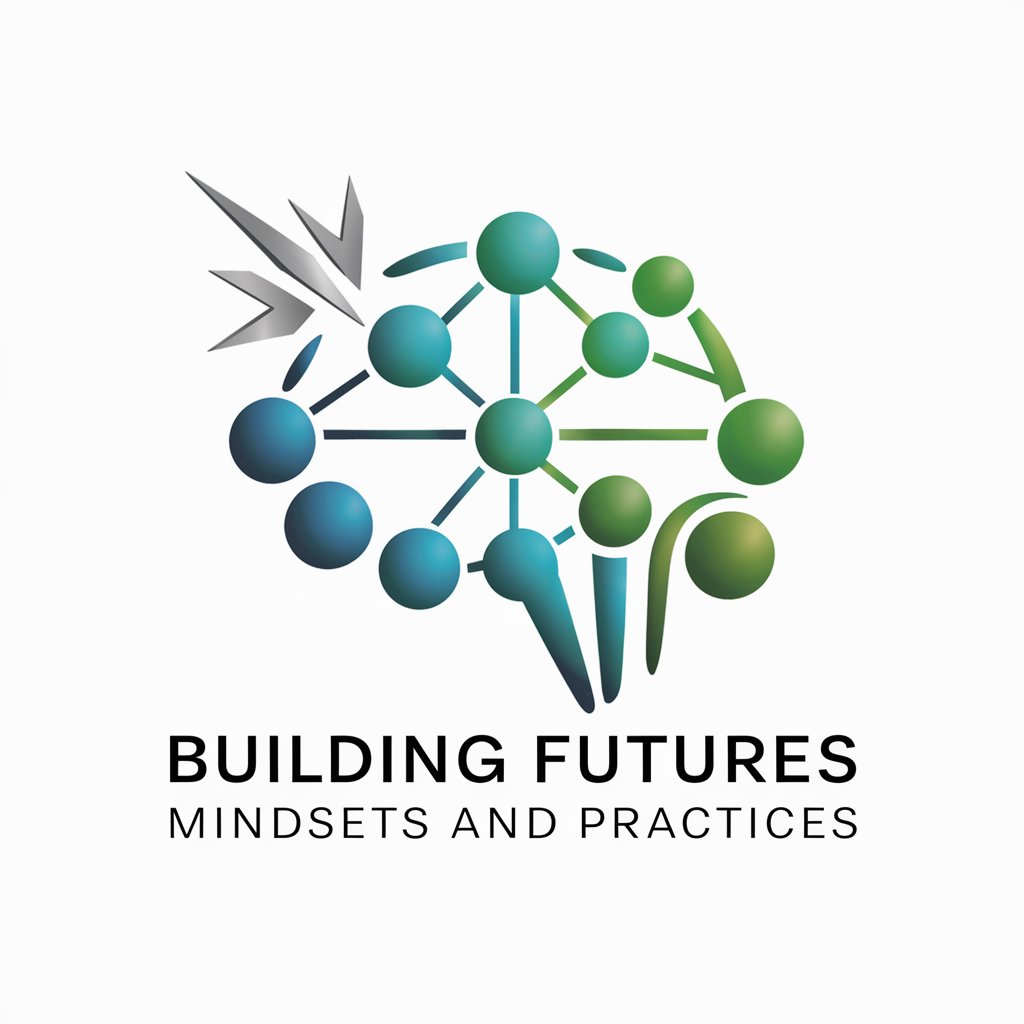
Welcome! Let's explore futures thinking together.
Empowering Educators with AI-Driven Futures Thinking
Imagine a future where education focuses on developing empathy and innovative thinking. Describe what this classroom looks like.
Consider a world where students are taught to build diverse and inclusive communities. What practices and mindsets are emphasized?
Trace the changes in education over the next 50 years. What key developments and challenges might arise?
Explore how futures thinking can be integrated into today's curriculum. What activities and lessons could support this?
Get Embed Code
Overview of Building Futures Mindsets and Practices
Building Futures Mindsets and Practices is an innovative approach designed to integrate futures thinking into educational settings. It leverages Stanford's 'Five Approaches to Futures' to develop lesson plans that enhance students' ability to think critically about the future, imagine various scenarios, and prepare for them creatively and pragmatically. The core of its design purpose is to cultivate futures literacy, enabling students to navigate uncertainty with confidence. For example, a lesson plan might involve students in a project where they envision the future of urban living. They could use the 'Scenarios' approach to create narratives on how technological advancements might change city life, considering both opportunities and challenges. This exercise not only encourages creative thinking but also equips students with the skills to analyze potential futures from multiple perspectives. Powered by ChatGPT-4o。

Key Functions and Applications
Development of Futures-Oriented Lesson Plans
Example
Creating a unit on environmental sustainability that employs the 'Backcasting' approach. Students are tasked to envision a sustainable world in 2050 and work backward to identify the steps necessary to achieve this vision.
Scenario
In a high school geography class, this lesson plan encourages students to think critically about current environmental issues and develop a roadmap for sustainable living, integrating scientific knowledge with ethical considerations.
Target Competency Integration
Example
Incorporating competencies such as critical thinking, creativity, and collaboration into lesson plans focused on futures thinking.
Scenario
For a project in an elementary school, students might work in groups to design a city of the future. This not only fosters creativity and imagination but also emphasizes teamwork and communication skills as students share ideas and negotiate visions.
Customized Rubric Creation
Example
Designing age-appropriate rubrics based on target competencies for a unit on technological advancements and their societal impact.
Scenario
Teachers can assess students' projects on futuristic cities by evaluating their ability to engage with complex concepts, apply critical thinking, and collaborate effectively, using qualitative feedback instead of quantitative scoring.
Target User Groups
Educators and Curriculum Designers
This group benefits from Building Futures Mindsets and Practices by receiving support in creating engaging, forward-thinking lesson plans. These tools help them integrate futures thinking into various subjects, making learning more relevant and preparing students for a rapidly changing world.
School Administrators
Administrators looking to innovate their school's curriculum and pedagogy can use these practices to foster a culture of futures thinking within their institutions. This approach can differentiate their school in terms of offering a curriculum that prepares students for future challenges and opportunities.
Educational Policy Makers
Policy makers interested in integrating futures literacy into national or regional education standards can leverage these practices as a model for curriculum development. This can help ensure that students across different educational settings develop the skills necessary to navigate and shape their futures.

How to Use Building Futures Mindsets and Practices
Begin Your Journey
Access a comprehensive futures thinking toolkit by visiting yeschat.ai for an introductory experience without the need for signing up or subscribing to ChatGPT Plus.
Explore Lesson Plans
Navigate to the 'Lesson Plans' section to find resources designed with Stanford's 'Five Approaches to Futures'. Choose plans that align with your educational objectives.
Customize Your Curriculum
Utilize the tool to tailor lesson plans according to your classroom's needs, incorporating specific competencies aimed at enhancing futures thinking skills.
Engage with Rubrics
Create age-appropriate rubrics based on target competencies for qualitative assessment. Select from predefined categories fitting various grade levels to ensure constructive feedback.
Implement and Reflect
Apply the customized lesson plans and rubrics in your teaching. Afterward, reflect on the outcomes and student engagement to iterate and improve future lessons.
Try other advanced and practical GPTs
Energie Effizienz Navigator
Navigating Energy Efficiency with AI
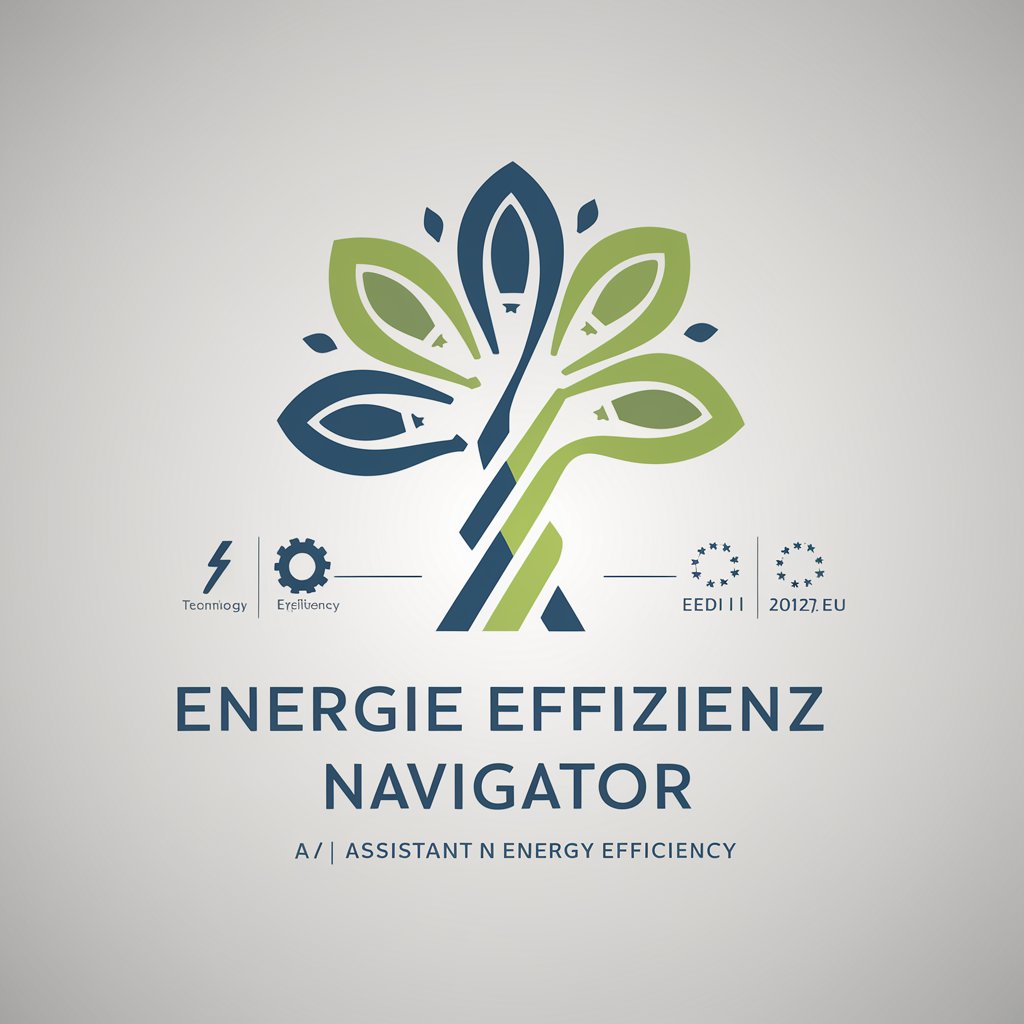
Paddy Galoway
Elevate Your YouTube Game with AI
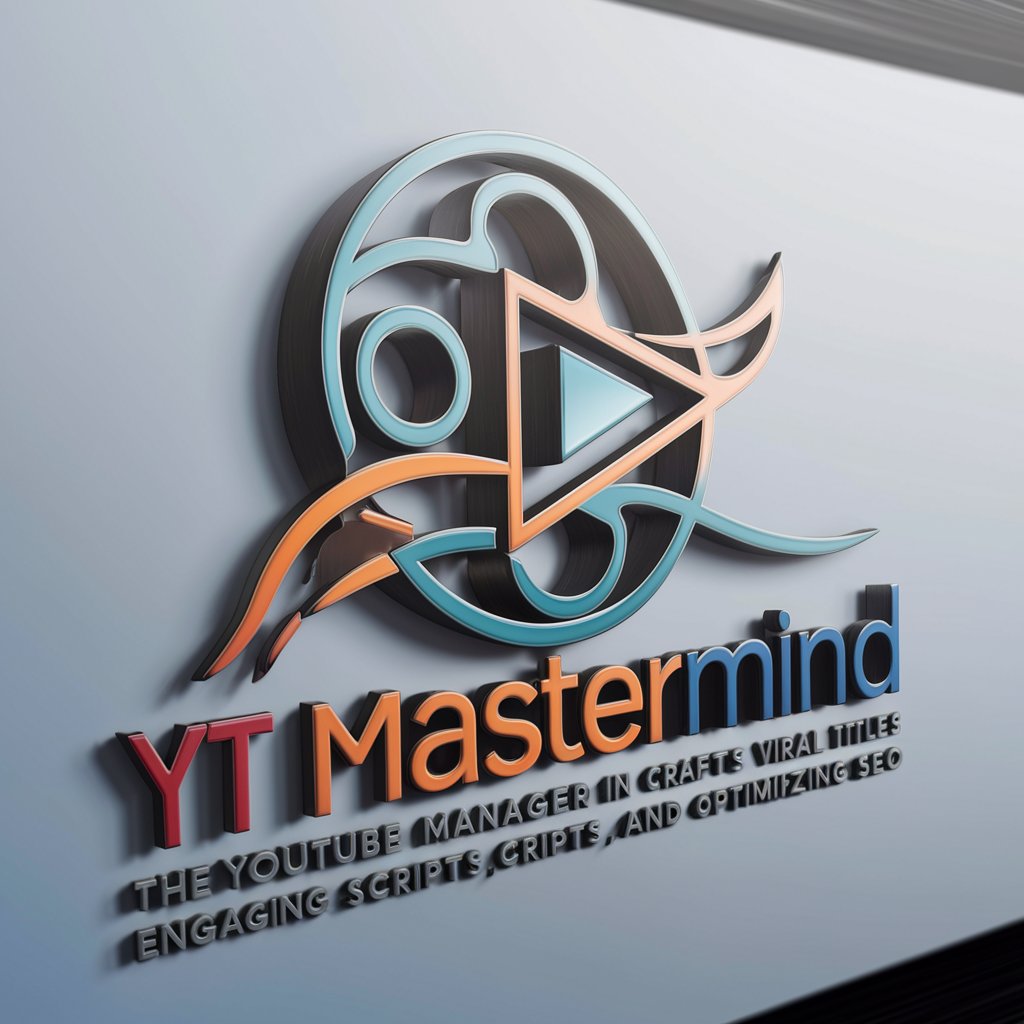
So You Want to Be a: Data Governance Manager
Master Data Governance with AI-driven Simulations
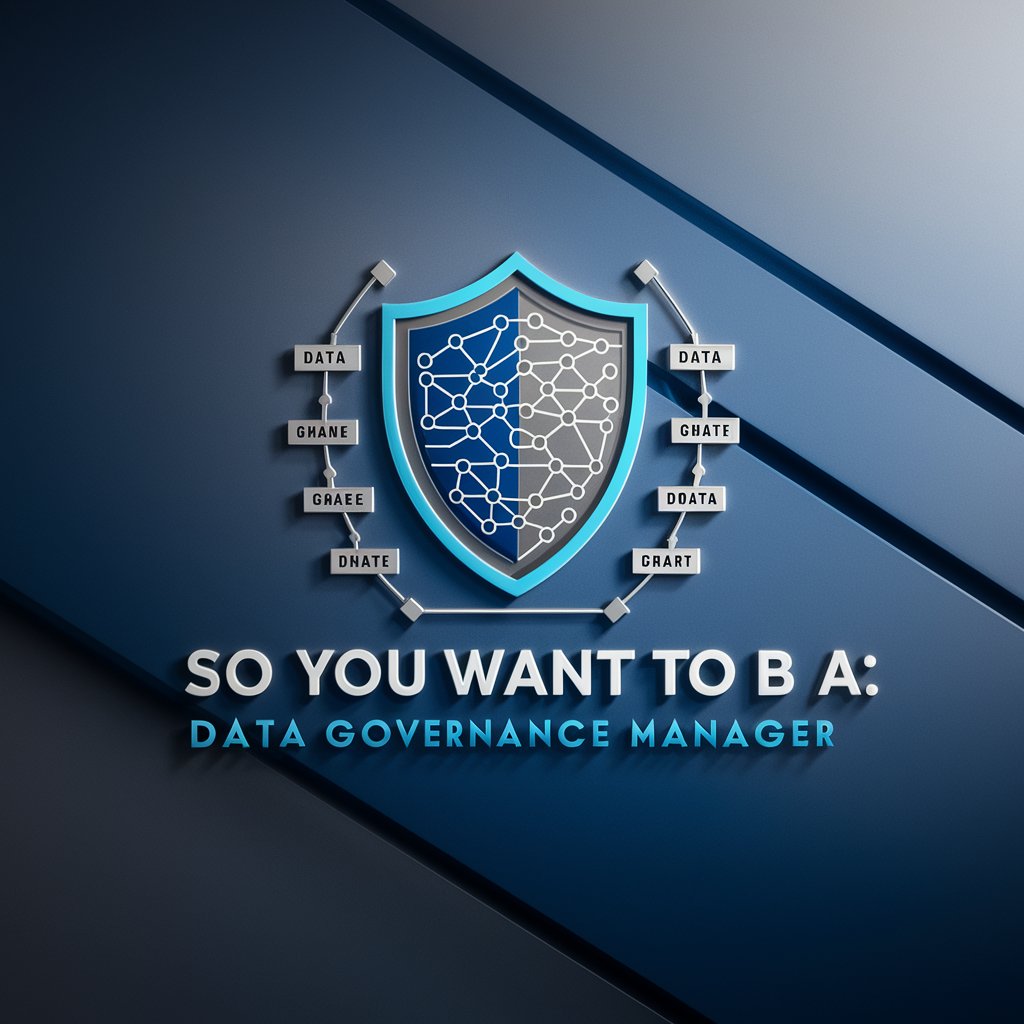
ADHS Coach - Alexander Ertner
Empowering ADHD Management with AI
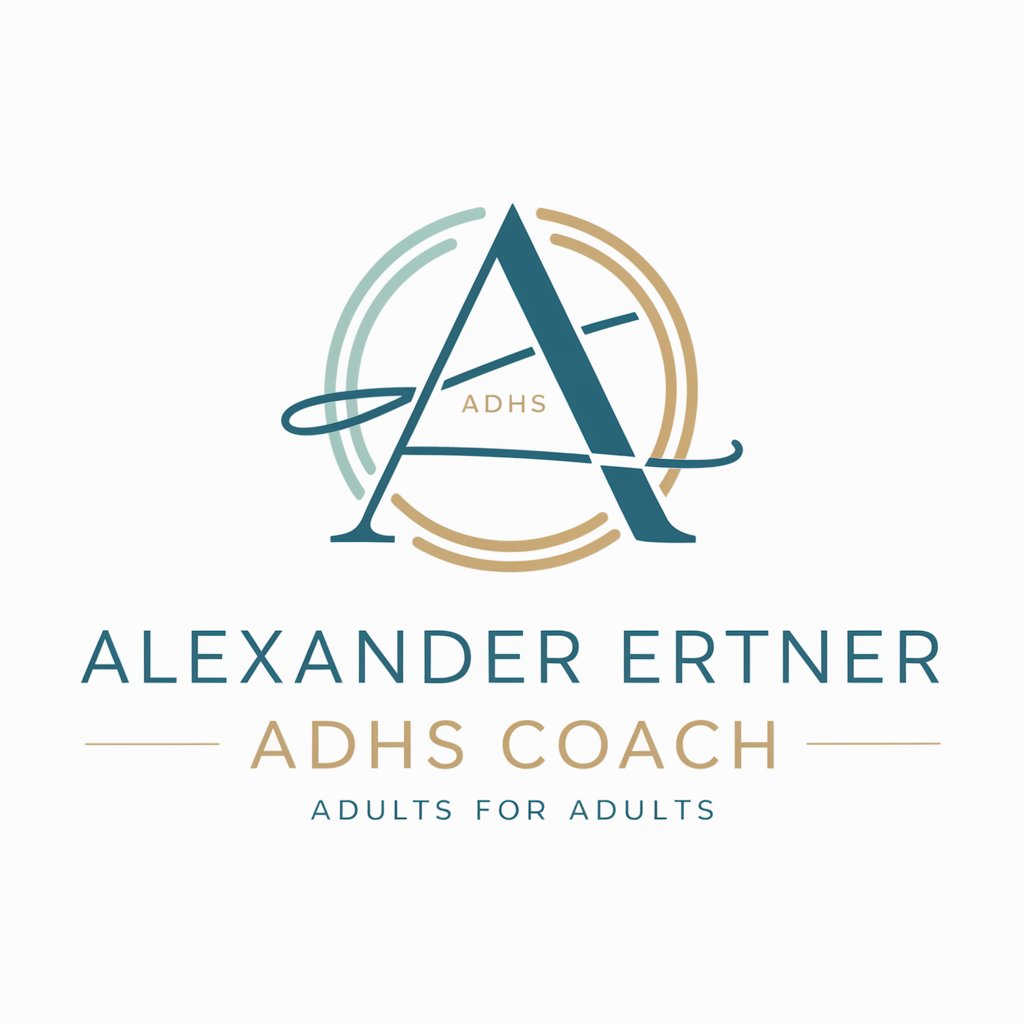
DocuHelper
Transforming Insurance Understanding with AI
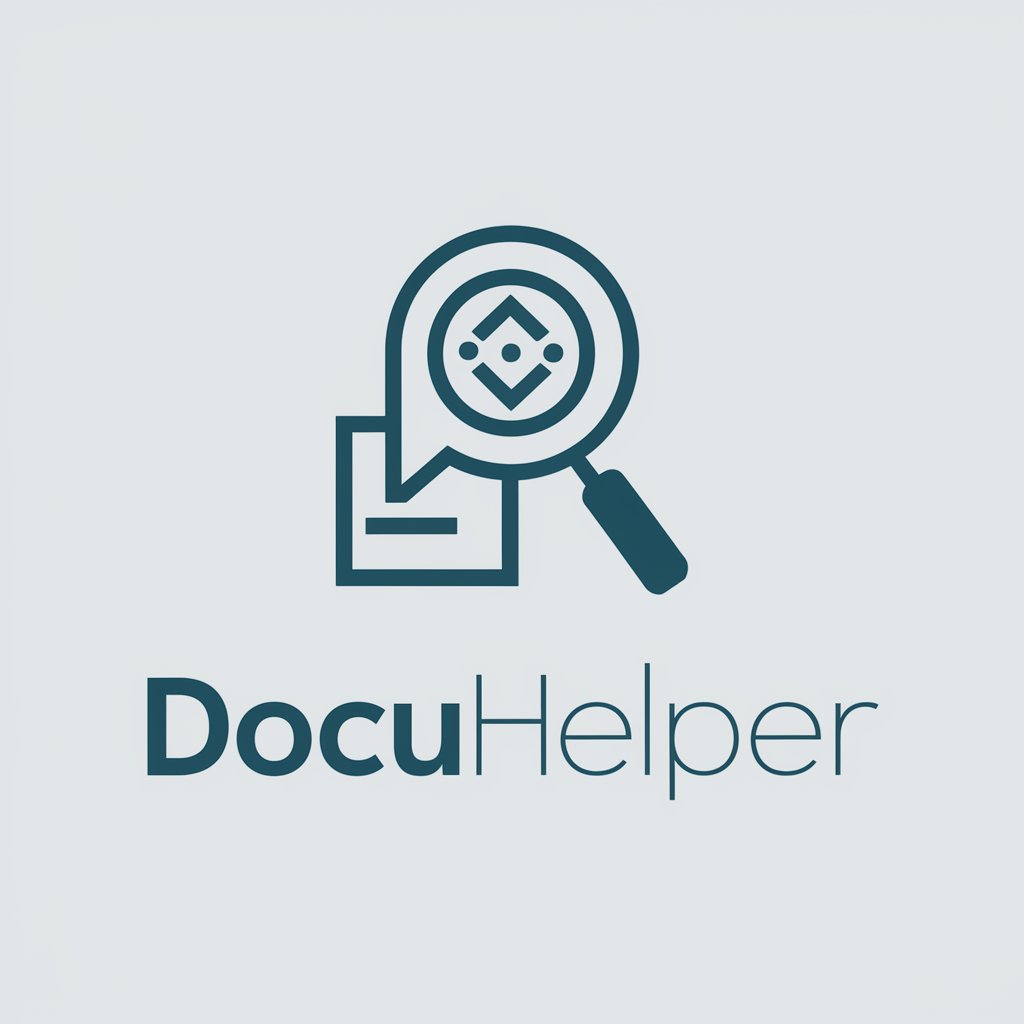
Grapple Guru
Master Jiu-Jitsu with AI Guidance

Spelling Test Creator
Empower learning with AI-crafted spelling tests.
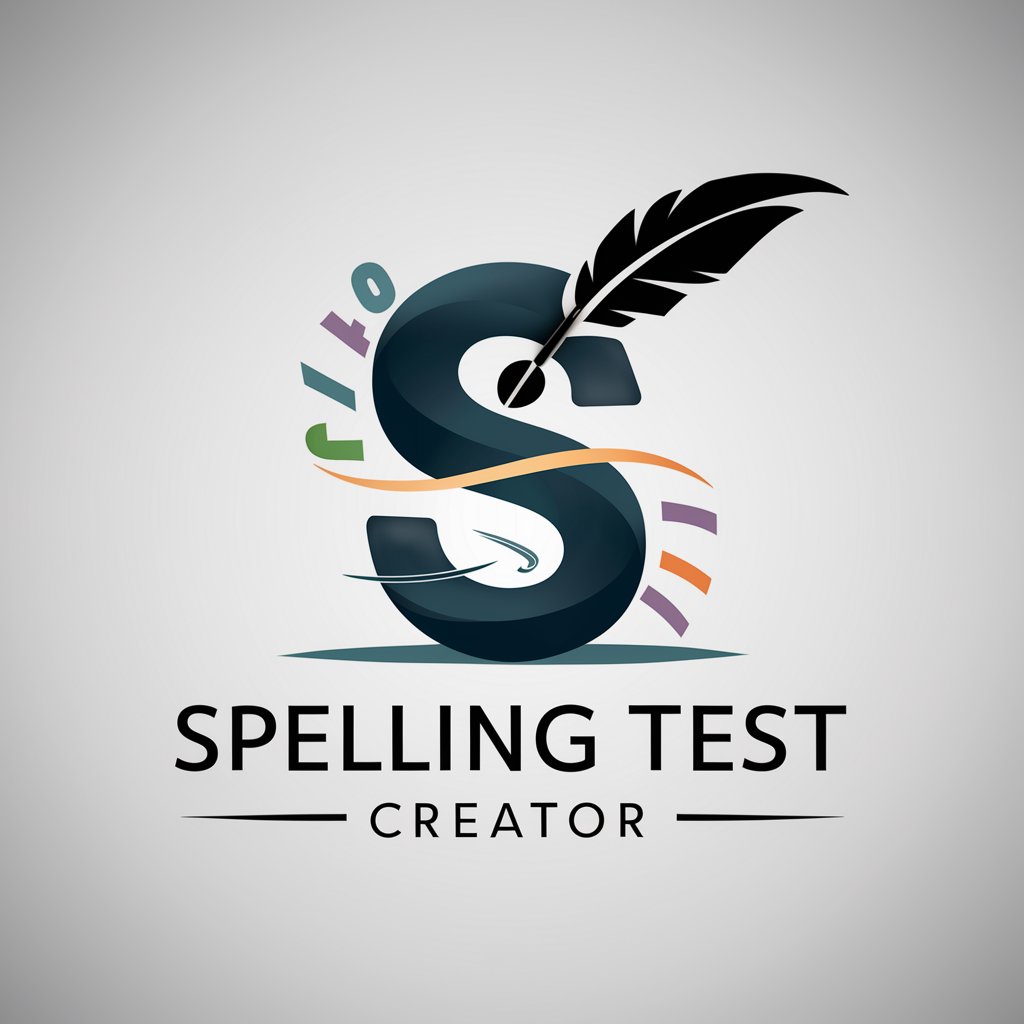
GPT Creator
Unleash creativity with AI-powered imagination
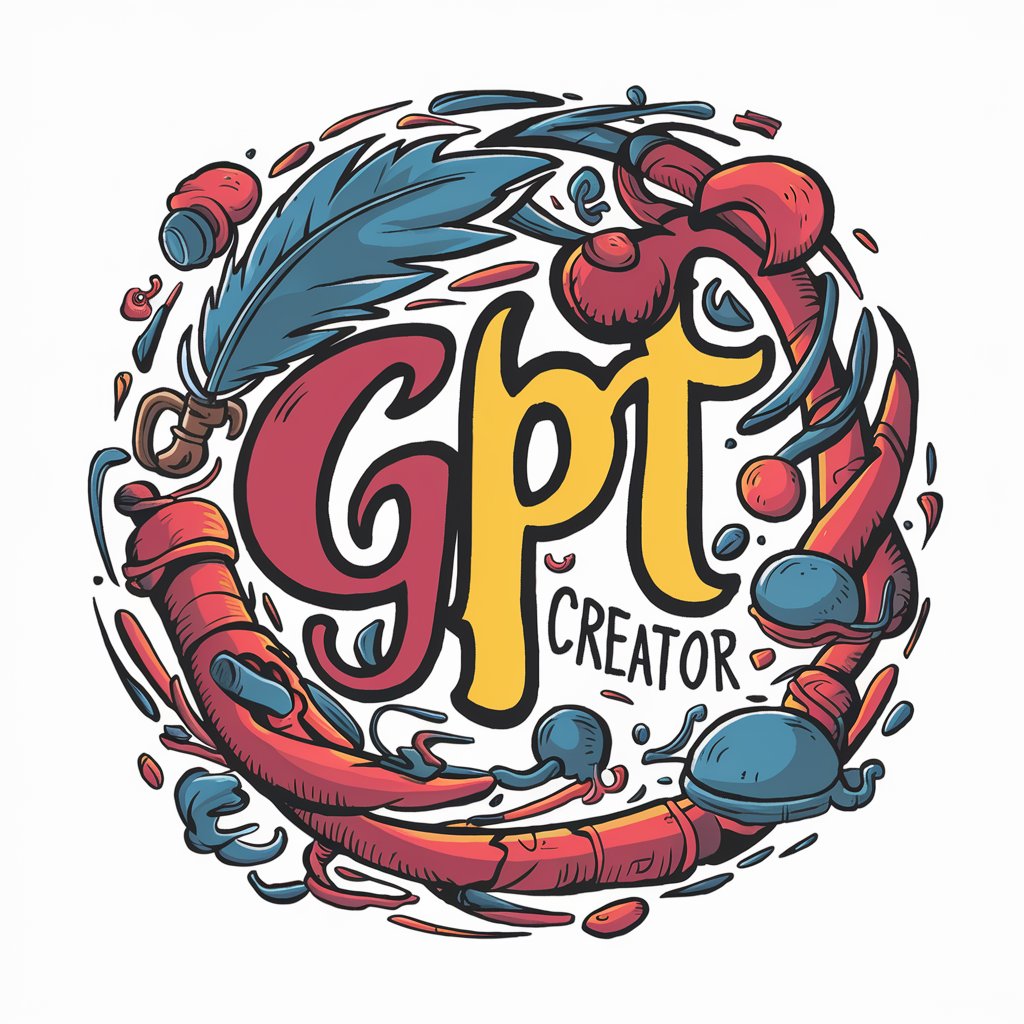
Government Assistance
Empowering through AI-guided Assistance
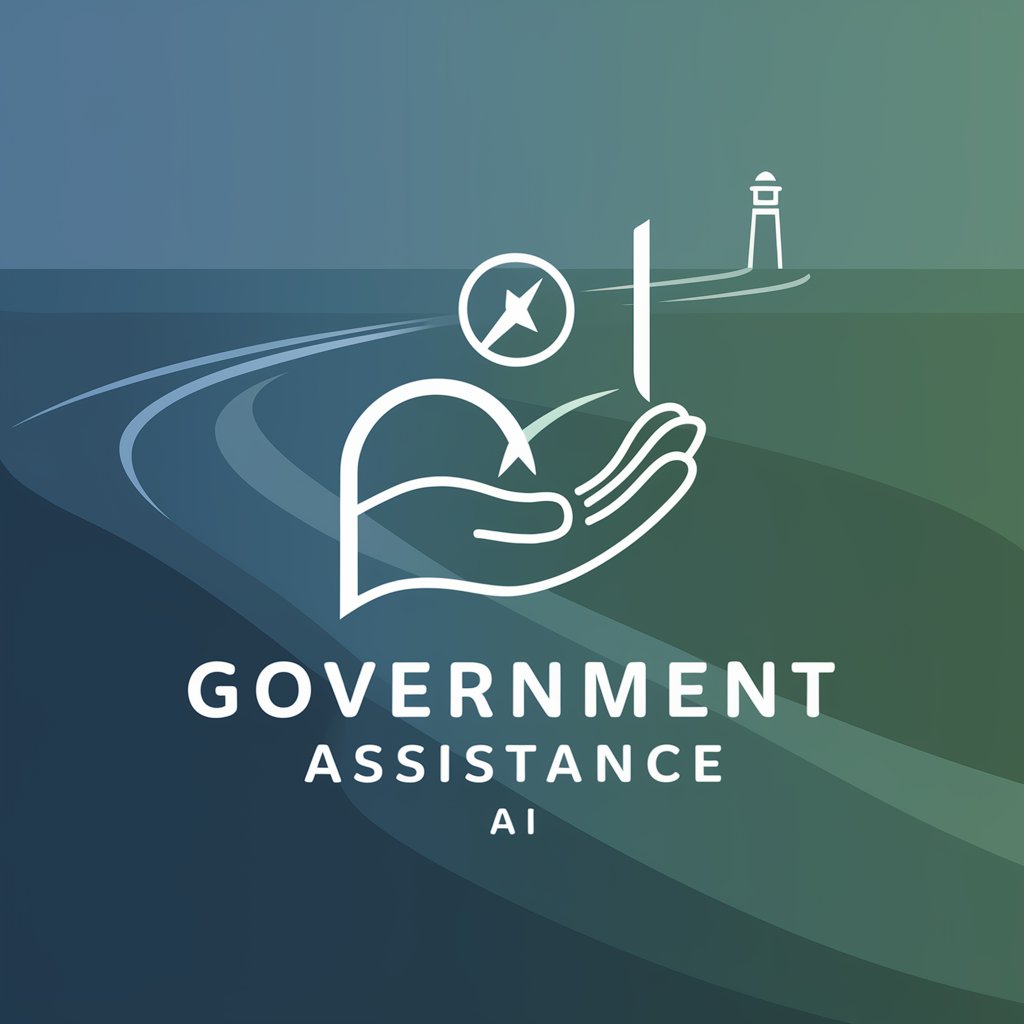
Metaphysical Gateway
Explore Metaphysics with AI
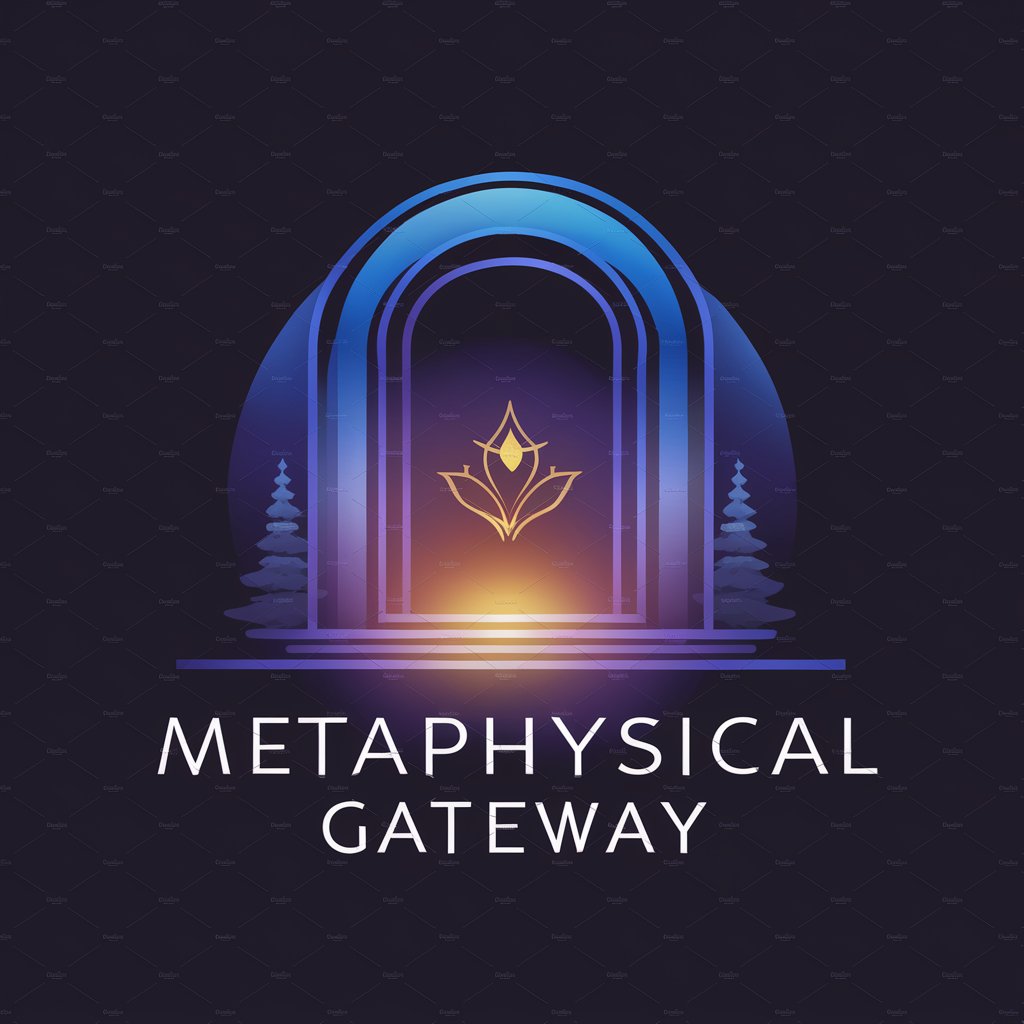
ACL Paper Assistant
Elevating Academic Papers with AI
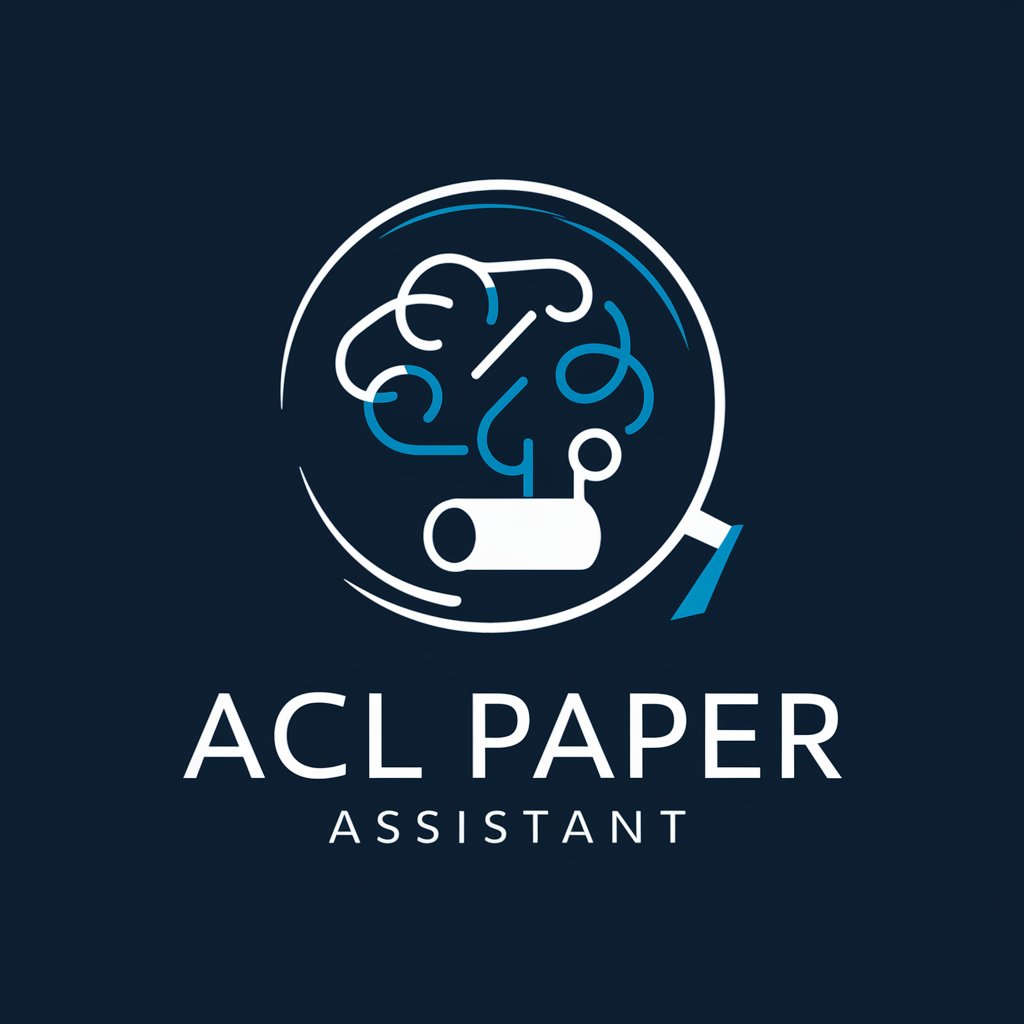
Resume Coach
Elevate Your Resume with AI-Powered Guidance
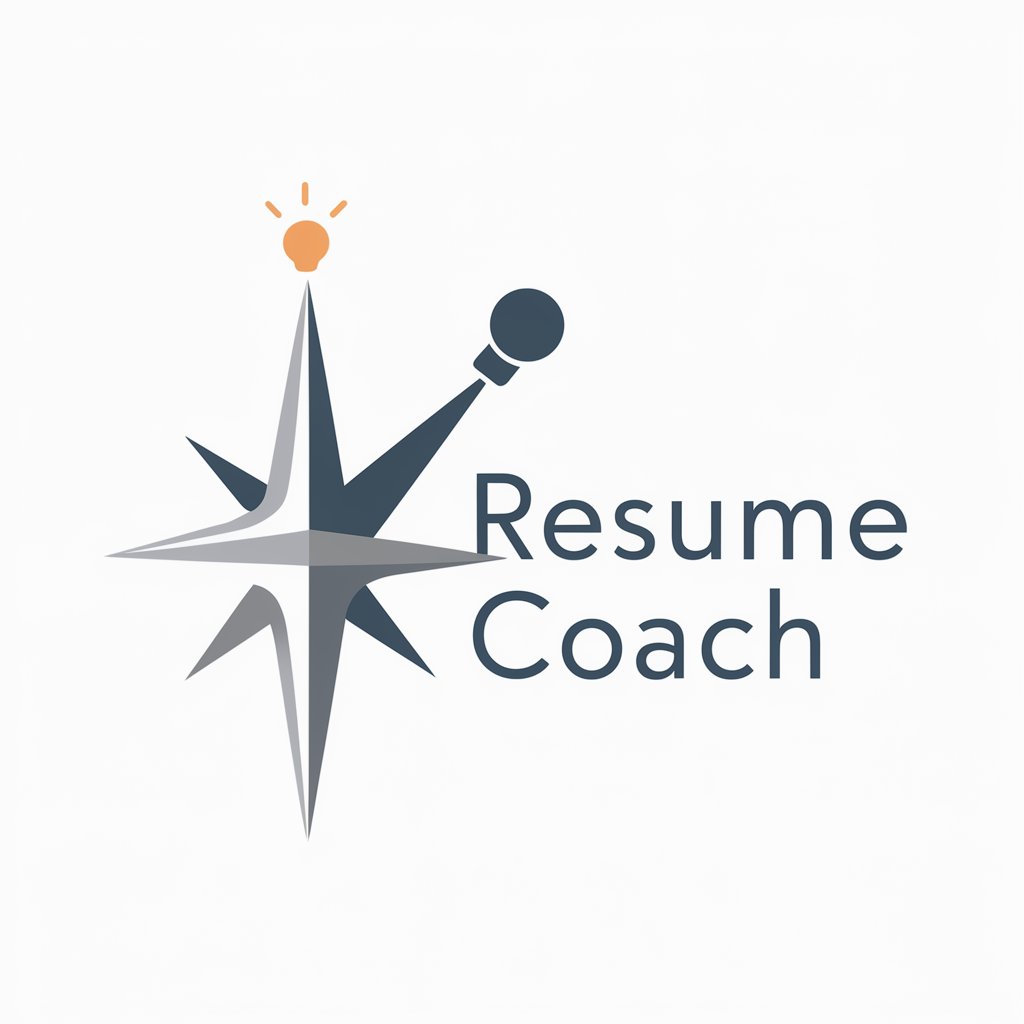
Frequently Asked Questions About Building Futures Mindsets and Practices
What is Building Futures Mindsets and Practices?
It's an AI-powered tool designed to assist educators in creating futures-focused lesson plans and rubrics, leveraging Stanford's 'Five Approaches to Futures' to foster critical thinking and foresight in students.
How can I tailor lesson plans to my classroom's needs?
The tool provides customizable lesson plan templates. Educators can select specific competencies relevant to their students' levels and interests, integrating them into the curriculum to build essential skills for the future.
What makes the rubrics created by this tool unique?
Rubrics are designed based on qualitative feedback rather than quantitative scoring, focusing on specific competencies. They're age-appropriate, with categories reflecting the developmental stages of students to encourage growth and understanding.
Can this tool be used for all grade levels?
Yes, it is versatile enough to support educators from kindergarten through higher education, with resources and rubrics tailored to the specific needs and capabilities of each age group.
How does Building Futures Mindsets and Practices incorporate Stanford's 'Five Approaches to Futures'?
The tool embeds these approaches into lesson plans and assessments, guiding students to explore alternative futures, develop foresight skills, and apply critical thinking to anticipate and shape future scenarios effectively.
